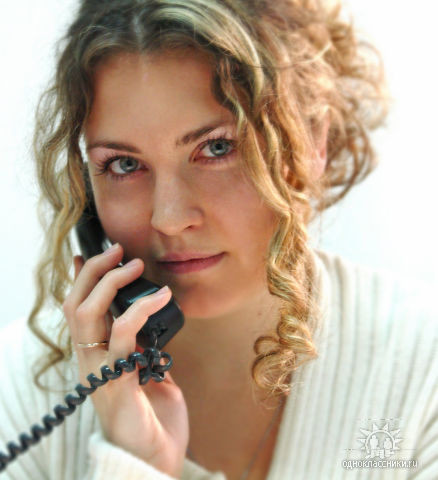The paper analyzes one of the aspects of the comprehensive post-revolutionary Soviet policy for the “emancipation of women” – anti-religious work among the female population, which was closely intertwined with the general practices of militant atheism and anti-religious work among the population. However, in the author's opinion, working with women was a separate line of efforts of early Soviet cultural traders that required special consideration. The struggle against the church, faith and believers occupied one of the central places in the general policy of modernization of the country according to the Soviet type, and it was the high level of religiosity, mainly of the female population, that seemed to be the biggest obstacle on the way of building a godless New society. If such work as the creation of institutions of motherhood and infancy, women's educational program, the involvement of women in Soviet social life, despite massive resistance, found at least any response among certain segments of the population, then a campaign to seize church values, persecution of clergy, attempts to undermine Orthodox axiological basis for the existence of Russian society was caused only by persistent negativism and tough opposition from the population, primarily women. Initially, Soviet leaders underestimated the depth of women's spiritual life, and considered visiting churches as a tribute to tradition and a form of leisure, which were supposed to gradually be replaced by Soviet cultural and social events. By the end of the first decade of Soviet power, it became clear that these methods of struggle were not at all effective, the level of women's involvement in church life during the opposition to theomachy only increased and even gave rise to new forms of women's participation in church parishes, including participation in liturgical life and mass phenomena of female asceticism.
Keywords: female religiosity, antireligious campaign, the 1920s, women and the church, mansplaining, gender and religion, Orthodox church’s feminization
DOI: 10.22250/2072-8662.2021.4.95-105
About the author
 |
Maria V. Vasekha – Candidate of Historical Sciences, Researcher at the Institute of Ethnology and Anthropology |






